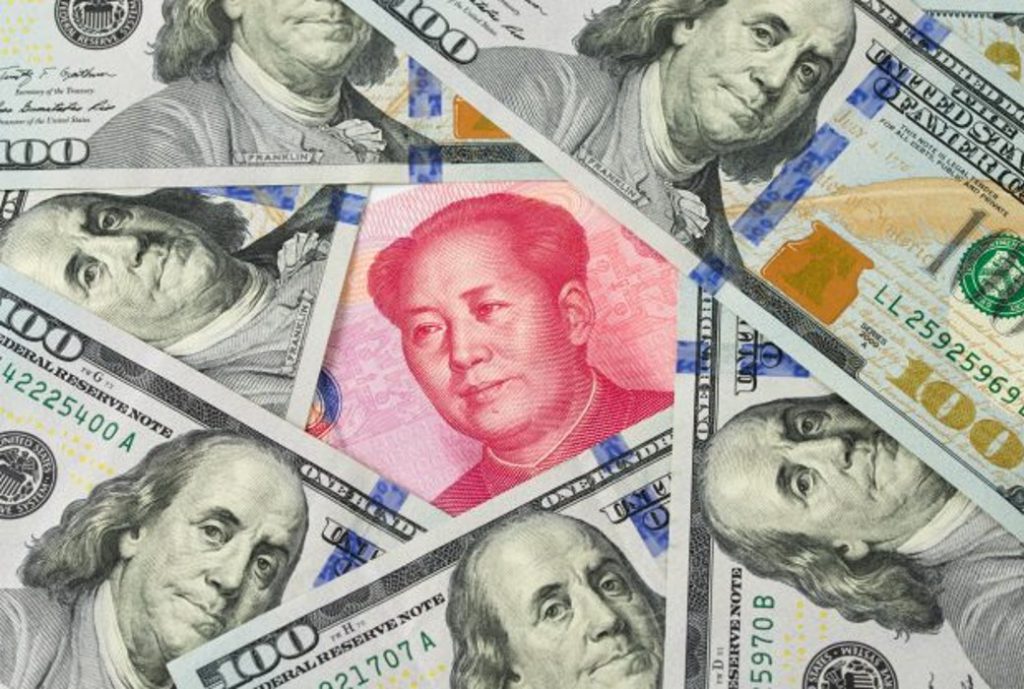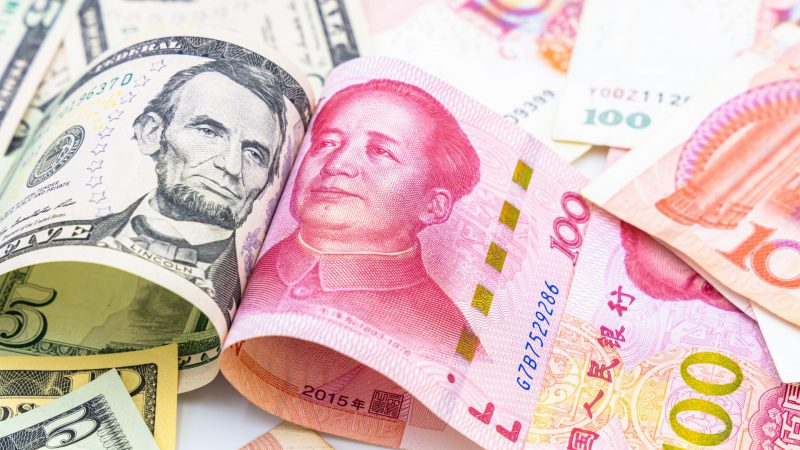China’s yuan slides from a six-month peak right now as US dollar demand suddenly increases from corporate buyers and also from offshore entities. The Chinese currency had actually reached November-level highs in both markets and even managed to break through the 7.2 per dollar mark after a trade war pause agreement between the countries gave a nice boost to forex market shifts.
Also Read: Pi Coin, Dogwifhat Rally More Than 100%: Which Will Come Out On Top?
Forex Shifts, Yuan Volatility, And The Surge In Dollar Demand


Trade Deal Impact and Market Reaction
The recent US-China trade agreement, which was just finalized a few days ago, exceeded what many market watchers had expected, but despite this, China’s yuan slides were clearly observed as several state-owned banks stepped in and intervened in the currency market. By Wednesday morning, the onshore yuan was trading about 0.18% lower at around 7.2169 per dollar after having hit 7.1855 on Tuesday, while at the same time, the offshore yuan also weakened by approximately 0.22% amid growing economic uncertainty and currency volatility.
Volkmar Baur, FX analyst at Commerzbank, stated:
“Further interest rate cuts by the central bank are perhaps not to be expected in the short term. Structurally, however, the direction is likely to be clear. Even though the yuan has enjoyed political tailwinds for a few days and USD/CNY is back below 7.20 for now, the yuan is more likely to weaken in the medium term.”
Central Bank Actions and Yuan Forecast
The People’s Bank of China actually set the midpoint rate at 7.1956 per dollar—which happens to be the strongest since April 3 but is also, interestingly enough, about 143 pips weaker than what market experts had been expecting. This really marks the first time since last November that the official fixing has fallen below market projections, and many traders see this as a signal that authorities might not really want excessive yuan strength during the current period of currency volatility and forex market shifts.
Also Read: BRICS: European Firms Get Requests For Local Currencies, Not US Dollar
This all comes right after China’s recent and rather significant monetary easing measures, including some pretty substantial interest rate cuts and also a major liquidity injection, which highlights the complex relationship between domestic economic policy decisions and ongoing forex market shifts.
Goldman Sachs analysts said in a note:
“With a more dovish-than-expected result to last weekend’s US-China trade negotiations, and relatively limited signs of a broader surge in protectionism beyond the US, we are increasing our forecasts for China’s export growth for the second time in a week.”
They added:
“We expect policymakers to allow gradual appreciation of the yuan against the dollar in an environment of broad dollar weakness.”
Revised Outlook Amid Market Pressures
Goldman Sachs has actually revised their yuan forecast to hit around 7.20, 7.10, and 7.00 on three-, six- and 12-month horizons, compared with their previous predictions of 7.30, 7.35, and 7.35. At the time of writing, many traders are closely watching how China’s yuan slides might continue given the current economic uncertainty and the persistent us dollar demand from various market participants.
Also Read: JPMorgan Settles 1st Public Transaction of Tokenized Treasuries
several major state-owned banks apparently started buying dollars and selling yuan on Tuesday in an effort to slow the currency’s rally after the sudden strength in China’s yuan. Despite the short-term political boost from the trade negotiations, quite a few analysts remain rather cautious about the yuan’s medium-term outlook amid persistent deflationary risks and the ongoing currency volatility in global forex market shifts.





